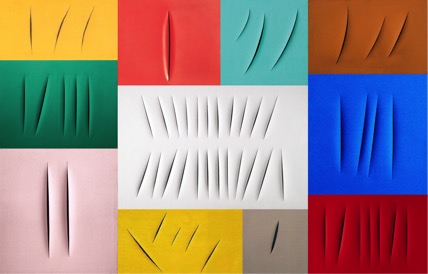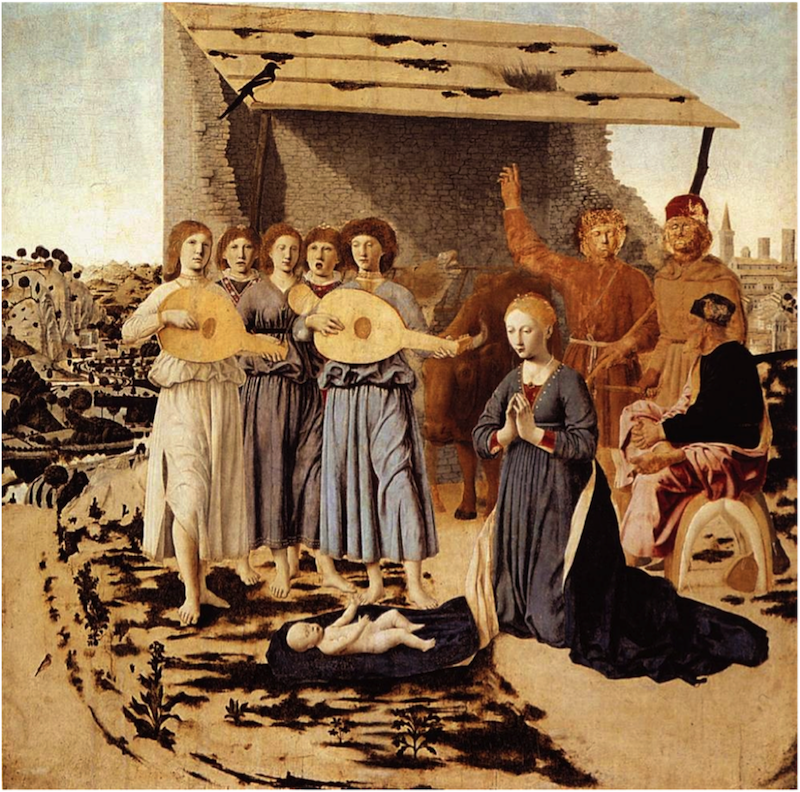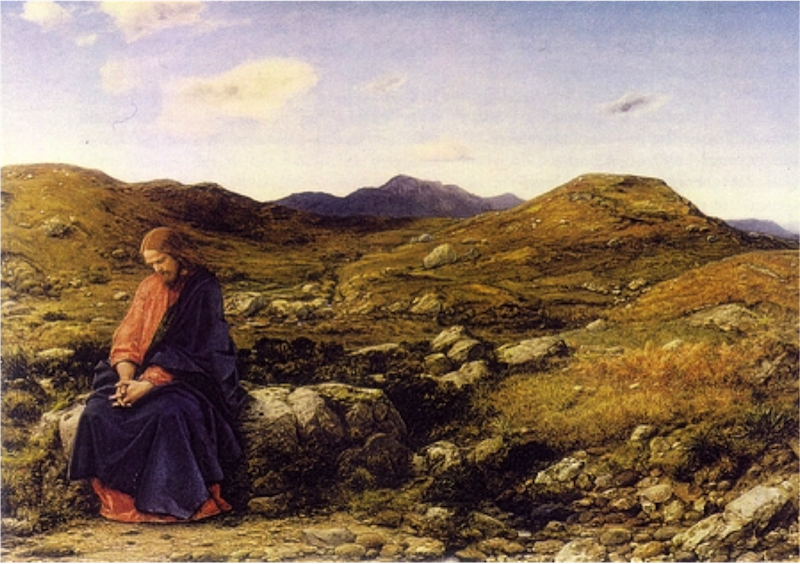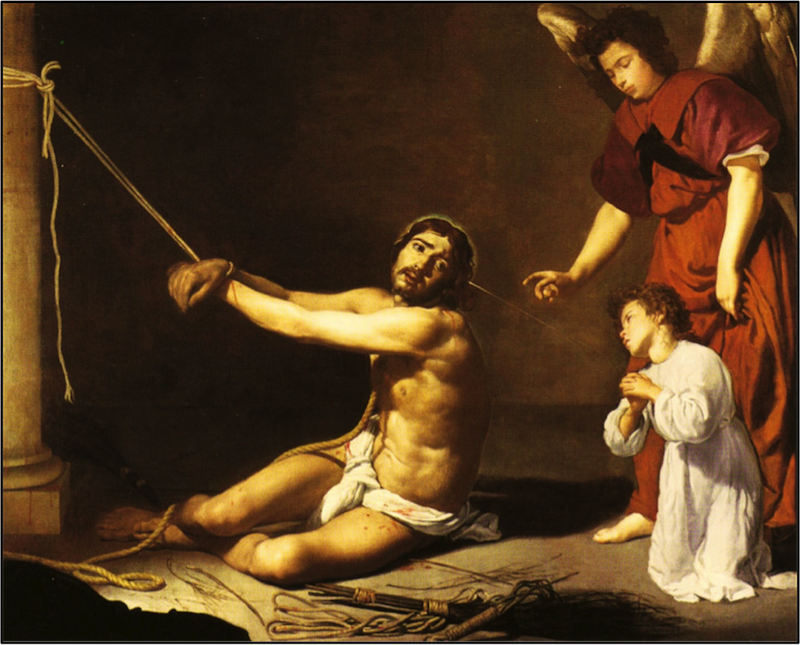Two Stories
Lou Kaloger
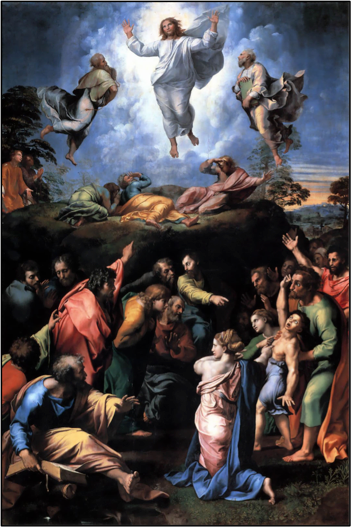 Raphael's last painting may very well be his greatest. It was completed in 1520 just before his death at the age of 37. In it we see Jesus hovering just above the surface of the earth. He is flanked by Moses and Elijah who join Him in His resplendent glory as Peter, James, and John look on. The setting is transcendent and beautiful and amazing and glorious. But it is only part of the painting. The lower half of this same painting depicts a scene of utter chaos. Toward the right is a demon-possessed boy. His eyes are rolled back and he is convulsing. He, too, is flanked by two figures, but they are not Moses and Elijah. Instead, they are the personifications of the oppressing spirits who defiantly stare down the other disciples. The followers of Jesus are flustered and unsure. They're looking at each other, and pointing at each other, and throwing up their hands in complete frustration.
Raphael's last painting may very well be his greatest. It was completed in 1520 just before his death at the age of 37. In it we see Jesus hovering just above the surface of the earth. He is flanked by Moses and Elijah who join Him in His resplendent glory as Peter, James, and John look on. The setting is transcendent and beautiful and amazing and glorious. But it is only part of the painting. The lower half of this same painting depicts a scene of utter chaos. Toward the right is a demon-possessed boy. His eyes are rolled back and he is convulsing. He, too, is flanked by two figures, but they are not Moses and Elijah. Instead, they are the personifications of the oppressing spirits who defiantly stare down the other disciples. The followers of Jesus are flustered and unsure. They're looking at each other, and pointing at each other, and throwing up their hands in complete frustration.
According to St. Mark's account of this story, both events—the transfiguration and the failed exorcism—are occurring at nearly the same time. It is almost as if Mount Tabor itself stands as a character in the larger story, as Raphael moves us from Shekinah glory at the "top" of the mountain to the confusing chaotic mayhem at the "base" of the same mountain. And, if I'm honest, it is a tension I see often in my own life:
Sunday morning gives way to Monday morning. The sublime is overwhelmed by frustration. Glory is devoured by trial.
And yet there is grace.




